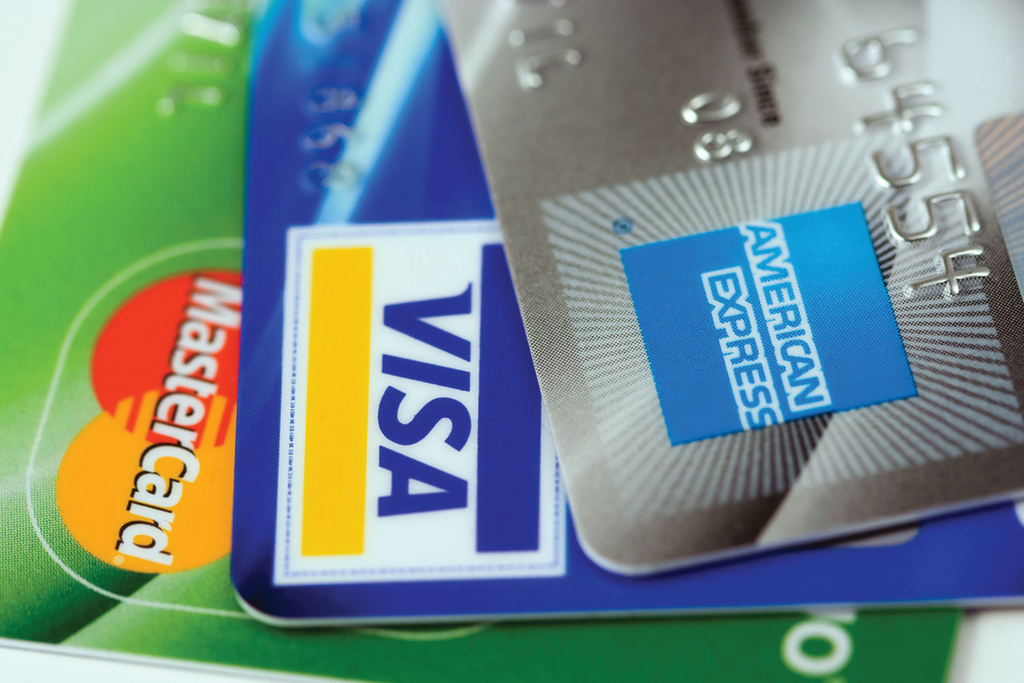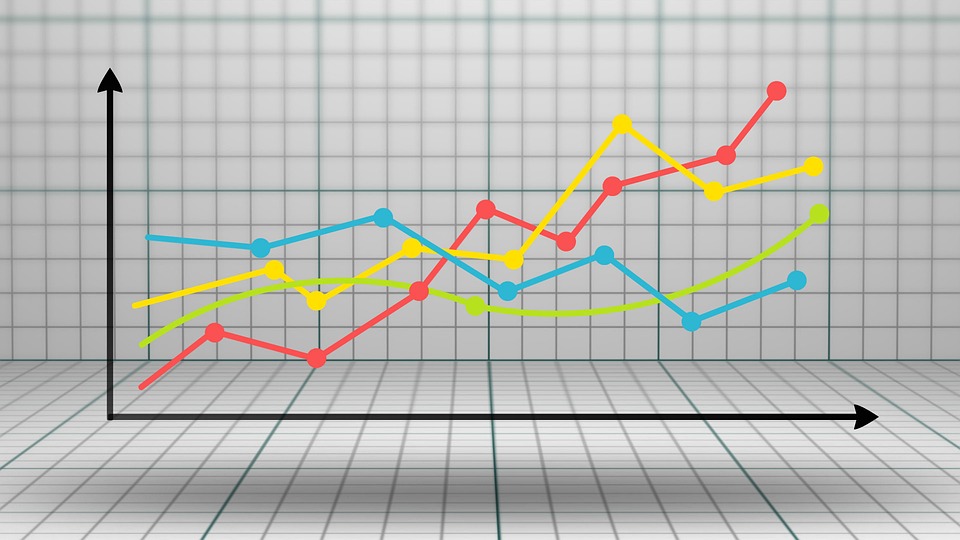Vince Golle
Bloomberg News (TNS)
U.S. consumer borrowing increased in May by the most in three months, reflecting a jump in credit-card balances.
Total credit outstanding rose $11.4 billion after a revised $6.5 billion gain in April, according to Federal Reserve data released Monday. The median forecast in a Bloomberg survey of economists called for an $8.9 billion increase for May. The figures aren’t adjusted for inflation.
Revolving credit, which includes credit cards, advanced $7 billion, also the most in three months. Non-revolving credit, such as loans for vehicle purchases and school tuition, increased $4.3 billion.
Many Americans who have whittled away their pent-up savings accumulated during the pandemic are relying on credit cards and other payment methods to spend. Combined with the rise in the cost of living, that’s further straining household finances and points to a slowdown in consumption.
That may explain a recent pullback in consumer spending. Retail sales barely rose in May and prior months were revised down, according to the latest data.
The monthly consumer credit report doesn’t include mortgages. The latest quarterly data from the New York Fed show that household debt, including mortgages, rose to a record $17.7 trillion in the first three months of the year. Consumers have added $3.4 trillion in debt since the pandemic, and borrowing over the past few years is carrying much higher interest rates.
The Fed’s report Monday showed that borrowing rates on credit cards that charge interest rose to 22.76% in May, just shy of a record in data back to 1994. A 60-month loan from a commercial bank for a new vehicle purchase stood at 8.2%, also near a series high.
As of March, 3.2% of outstanding debt was in some stage of delinquency, according to the New York Fed. While that’s lower than the fourth quarter of 2019, delinquency transition rates increased for all product types.
_____
©2024 Bloomberg L.P. Visit bloomberg.com. Distributed by Tribune Content Agency, LLC.
Thanks for reading CPA Practice Advisor!
Subscribe Already registered? Log In
Need more information? Read the FAQs
Tags: Payroll




